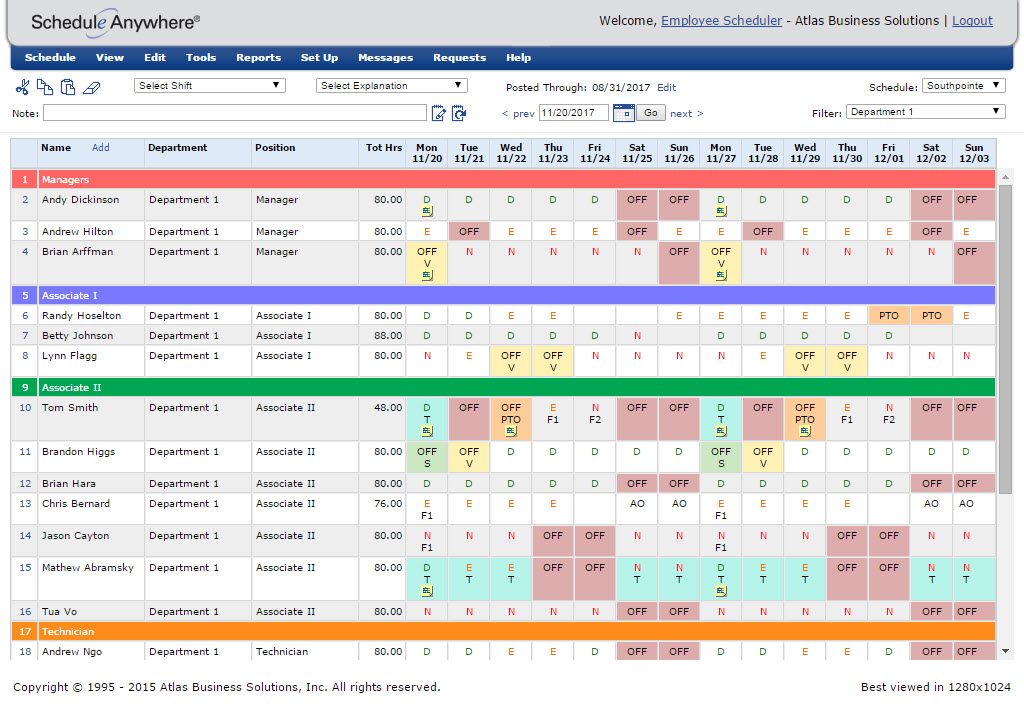

If you love to work hard and enjoy a nice long weekend, this might be the perfect fit for you.įor example, an employee could work four days a week and ten hours each day to fill out a 40-hour workweek. The compressed workweek is a flexible schedule where an employee works fewer days each week but for longer than usual hours.

Let’s take a closer look at each type of flexible schedule:Ĭompressed workweek. Note that the types of flexible schedules listed below are not mutually exclusive employers can adopt a hodge-podge of different schedule flexibility options. With a flexible schedule, employees can choose to work when they’re naturally most productive or improve their work-life balance by allowing them to devote portions of traditional working hours (9-5) to other life responsibilities.Ī flexible schedule is not a one-size-fits-all deal – different companies can institute different policies to meet their workforce’s needs. Due to this, flexible schedules work best in industries and roles that are project-based or results-focused, rather than in client-facing positions. This type of schedule gives employees some level of autonomy in determining their preferred working hours.ĭepending on the policy, employees are still required to clock a certain amount of work hours each week or meet other criteria. When having a flexible schedule it’s important to have open communication with others as well maintaining your consistency with your work.Ī flexible schedule is “an alternative to the traditional 9 to 5, 40-hour workweek that allows employees to vary their arrival and departure times,” according to the US Department of Labor. Having a flexible schedule means a high productivity for employees and they feel as if they have more control over their life. This article will cover the different types of flexible schedules, the pros and cons of both employers’ and employees’ points of view, and provide tips for making a flexible work schedule work for you.įlexible schedules allow workers to devote time to responsibilities outside of work and have a better work-life balance. Everyone can relate to a situation where a rigid work schedule hinders the ability to be productive, both inside and outside the office. When it comes to job perks, perhaps none is sought after by employees more than a flexible work schedule.


 0 kommentar(er)
0 kommentar(er)
